
The Character of Organizations
Using Personality Type in Organization Development
Read or listen offline
Amazon KindleRecommendation
Organizations have their own personalities, as William Bridges demonstrates by applying the most popular personality test ever devised for humans to groups of people working together. Bridges developed the "Organizational Character Index" (OCI) from the ubiquitous Myers-Briggs Personality Type Indicator. While OCI thus far lacks the rigorous testing of hundreds of certified Myers-Briggs trainers, intuitively the model makes sense. Bridges provides a useful way of thinking about organizational styles and tries to understand the nature of departments within organizations. Abundant examples, lists and charts help illustrate the principles. getAbstract recommends this book to managers and human resource professionals seeking insight into the nuances of organizational development, provided that they are willing to spoon through a certain amount of alphabet soup. (Note: Though this book has a 2000 copyright date, with the exception of a new forward by Sandra Krebs Hirsh, it is a republication of a work written in about 1990.)
Summary
About the Author
William Bridges, Ph.D., principle of Williams Bridges & Associates, has been a leader in transition management since the 1980 publication of his best-seller Transitions: Making Sense of Life’s Changes. Bridges and his company have provided assessment, training and consulting services to hundreds of organizations, including Amoco, AT&T, Intel and Motorola. His other books include Managing Transitions, JobShift and Creating You & Co.








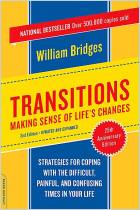
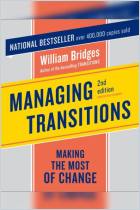
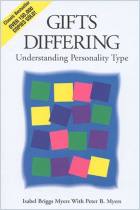

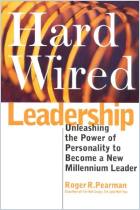

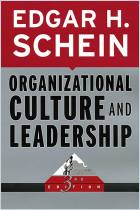






Comment on this summary